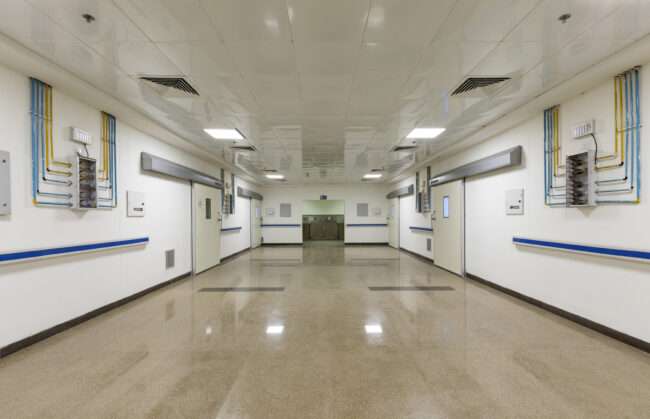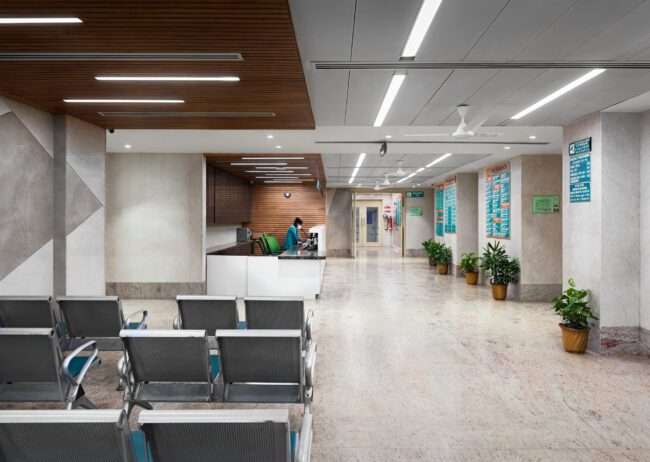Enhancing Healing Spaces: The Vital Role of Acoustic Design in Hospitals
Creating a healing environment within healthcare spaces goes beyond medical treatment; it encompasses a holistic approach that involves factors like acoustic design. Noise control is pivotal in hospitals, significantly influencing patient recovery and overall well-being. Effective strategies like integrating materials, zoning and patient circulation create a serene and healing atmosphere.
Zoning for Quiet Spaces
Zoning plays a crucial role in noise management. Hospitals benefit from careful segmentation into zones, distinguishing quieter areas from bustling ones. This segmentation identifies noise sources, allowing strategic placement of noise-sensitive units like NICUs in tranquil zones. It involves separating public and private areas and positioning high-vibration equipment in structurally sound locations. Focusing on structural stiffness in specific areas minimises noise propagation, ensuring patients in critical care units experience tranquillity.
Material Selection for Sound Control
Choosing appropriate materials is vital for noise reduction without compromising hygiene. While traditional soundproofing materials might conflict with cleanliness standards, innovative options cater to acoustic control and healthcare requirements. Washable mineral fibre acoustic ceiling tiles and alternative materials like crushed glass or stone wool offer sound absorption while adhering to hygiene standards. Sound-absorptive products, such as perforated natural wood veneers, blend aesthetics with functionality.

Patient Circulation and Noise Management
Efficient patient circulation contributes to noise control. Separating patient-care areas from noise-generating zones reduces disruptions, promoting a restful environment. Implementing designated quiet hours, educating staff on noise reduction practices, and employing sound level indicators in patient rooms foster a serene atmosphere.
Sound Masking Techniques
Employing sound masking techniques enhances acoustic privacy. Continuous background noise, like pink or white noise, helps mitigate the perception of intrusive sounds. By reducing the contrast between intrusive noise levels and background noise, these techniques create a more soothing atmosphere for patients.
Design for Optimum Healing
Designing healthcare spaces for noise control requires a comprehensive approach. Considerations like ample circulation space, strategic placement of noisy equipment, and material selection are fundamental. Moreover, incorporating nature-inspired elements, muted colour palettes, and vibrant illustrations in specialised areas like NICUs aids patient comfort and recovery.

Creating a quieter hospital environment is an ongoing endeavour. Regular evaluation, staff training, and adapting design principles based on patient feedback are critical. Embracing technological advancements in acoustics and periodically reassessing noise control measures ensure a serene, healing atmosphere. In conclusion, noise control in healthcare spaces is multifaceted, incorporating zoning, material selection, patient circulation and sound masking techniques. A harmonious healing environment requires meticulous planning and an ongoing commitment to refining acoustic design strategies. Hospitals can significantly enhance patient recovery and overall well-being by prioritising noise management and creating spaces conducive to healing and comfort.
Spokesperson: Alpana Gupta, Partner at VGA



